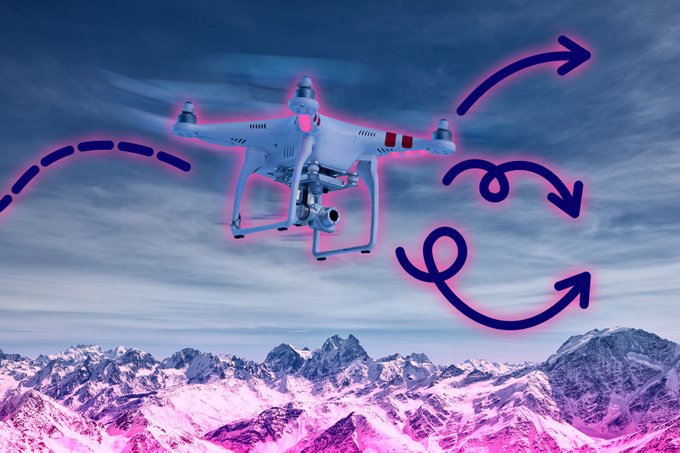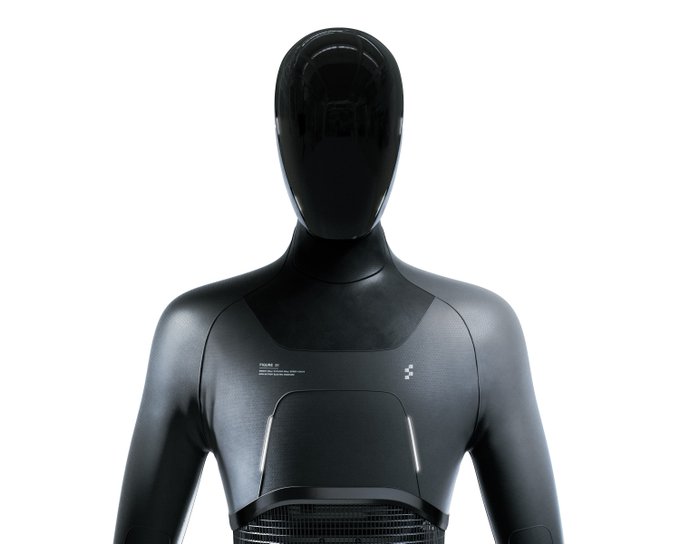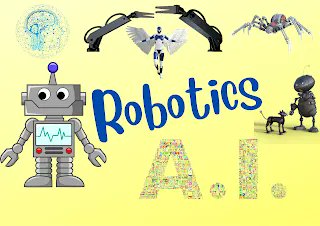Researchers develop a machine-learning technique that can efficiently learn to control a robot, leading to better performance with fewer data.
Researchers from MIT and Stanford University have devised a new machine-learning approach that could be used to control a robot, such as a drone or autonomous vehicle, more effectively and efficiently in dynamic environments where conditions can change rapidly.
This technique could help an autonomous vehicle learn to compensate for slippery road conditions to avoid going into a skid, allow a robotic free-flyer to tow different objects in space, or enable a drone to closely follow a downhill skier despite being buffeted by strong winds.
The researchers’ approach incorporates certain structure from control theory into the process for learning a model in such a way that leads to an effective method of controlling complex dynamics, such as those caused by impacts of wind on the trajectory of a flying vehicle. One way to think about this structure is as a hint that can help guide how to control a system.
“The focus of our work is to learn intrinsic structure in the dynamics of the system that can be leveraged to design more effective, stabilizing controllers,” says Navid Azizan, the Esther and Harold E. Edgerton Assistant Professor in the MIT Department of Mechanical Engineering and the Institute for Data, Systems, and Society (IDSS), and a member of the Laboratory for Information and Decision Systems (LIDS). “By jointly learning the system’s dynamics and these unique control-oriented structures from data, we’re able to naturally create controllers that function much more effectively in the real world.”
Mots-clés : cybersécurité, sécurité informatique, protection des données, menaces cybernétiques, veille cyber, analyse de vulnérabilités, sécurité des réseaux, cyberattaques, conformité RGPD, NIS2, DORA, PCIDSS, DEVSECOPS, eSANTE, intelligence artificielle, IA en cybersécurité, apprentissage automatique, deep learning, algorithmes de sécurité, détection des anomalies, systèmes intelligents, automatisation de la sécurité, IA pour la prévention des cyberattaques.






